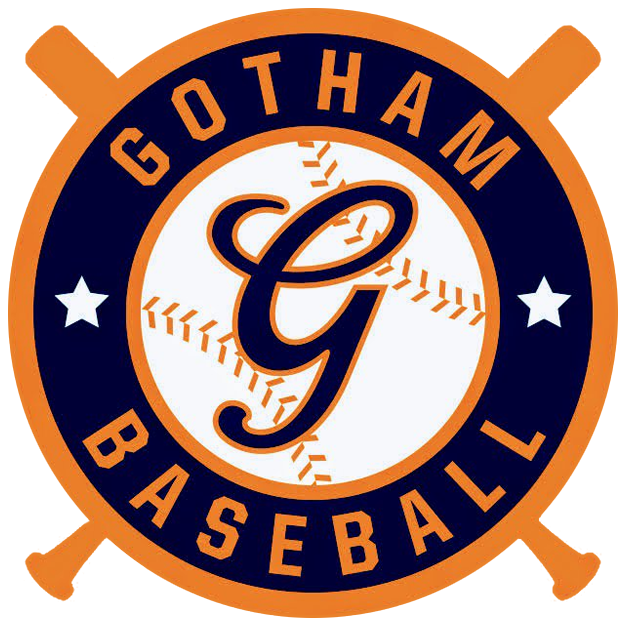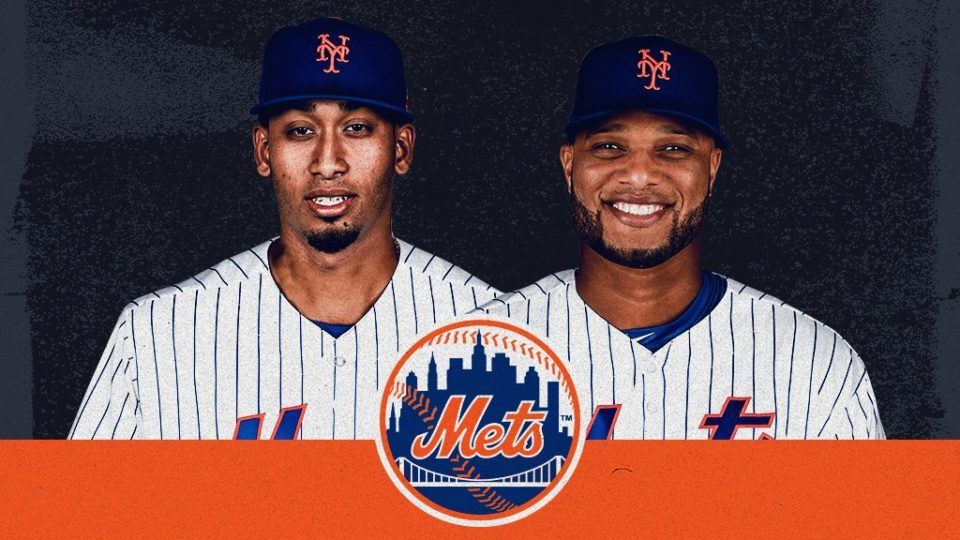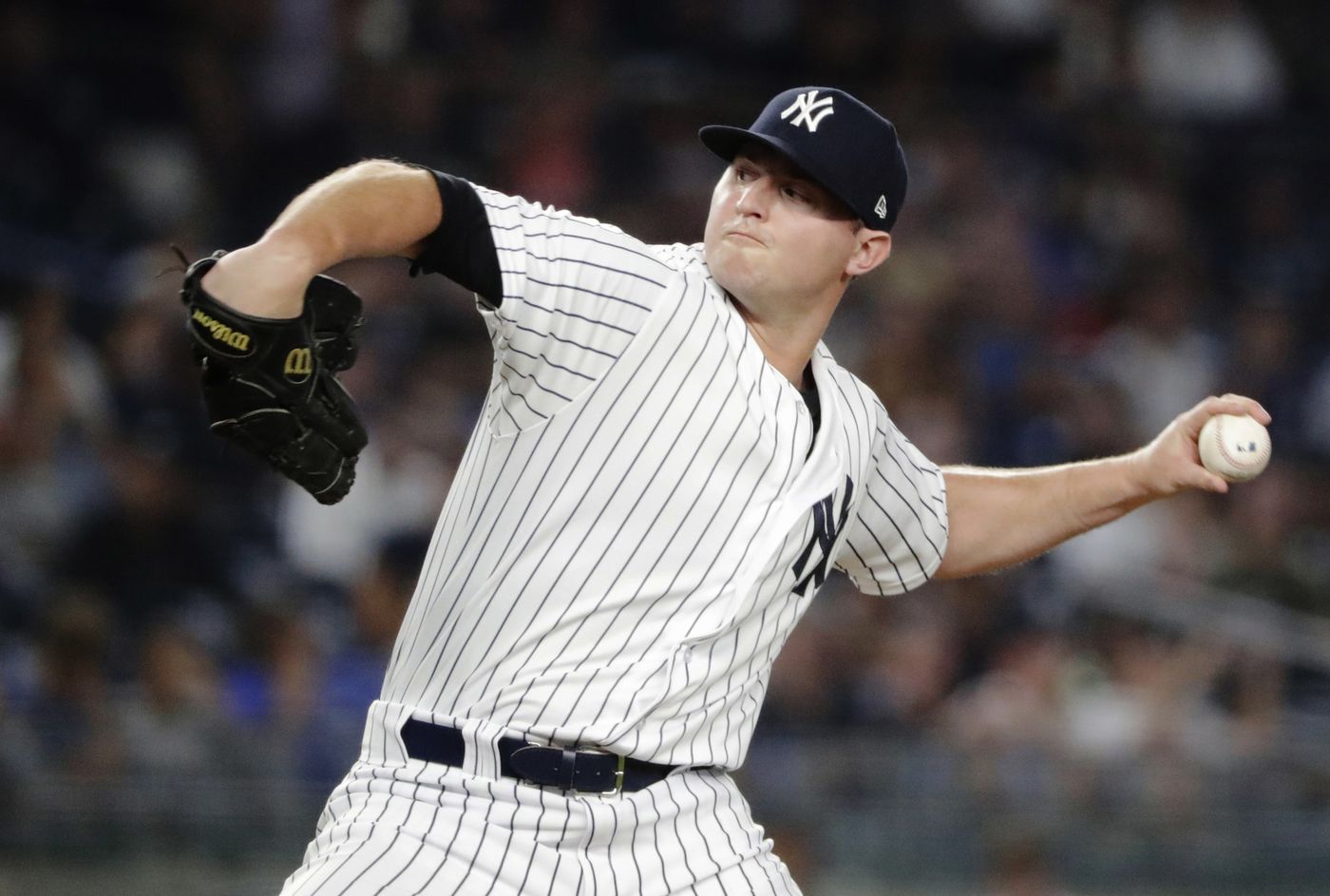It’s mid-July folks, and while the kids and grownups alike are swimming in their watering holes of choice (if they want to), the Mets season has taken a serious dive. As of this morning, the Mets have a 42-51 record, which puts them on pace for a terribly disappointing 73-89 record. While this is not necessarily catastrophic, it does, however, fall way short of the expectations that Brodie Van Wagenen set when he taunted the rest of the NL East to “come and get us” back in March.
Before I continue, I think it’s important to point out that virtually every spring , someone makes a similar statement. And, subsequently, every spring, the media turns it into a story. I get it, it’s spring, reporters are getting back into shape, so to speak, and it seems that unimportant anecdotes need to be turned into scoops. It reminds me, somewhat, of Joe Namath’s guarantee that the Jets would win Super Bowl III, despite being underdogs. Few believed him, and it turns out he was right. Since then, many players and coaches have guaranteed that their teams would win a specific game, or a series, or a championship. Sometimes they’re right, sometimes they’re wrong, and for some reason, some people still care.
So, when Van Wagenen declared the Mets as the team to beat back in March, it wasn’t really an exciting story, and it wasn’t necessary, and, as it turns out, he was wrong. In a press conference this past week, the Mets GM told reporters, “They came and got us.” While I appreciate this excuse-less response, it’s also not the end of the story. More importantly, it also doesn’t get him off the hook for his role in this.
Now, as I’ve mentioned previously, I’m not the kind of fan who roots for people to lose their job following a disappointing season. This is especially true in Brodie Van Wagenen’s case, as it’s an entirely new role for him. Considering the season is only almost 60% done, and the trade deadline looms, I’ll save my evaluation of his performance for the end of the season. At the same time, it’s obvious that Van Wagenen has seem things to learn, and as the saying goes, “Those who cannot remember the past are condemned to repeat it.” So now seems as good a time as any to take a look at Brodie Van Wagenen’s first and biggest offseason move, to see what we can learn.
I am not going to be reviewing the transaction to see which team “won” the deal. For the purposes of this examination, I am not concerned with what becomes of any of the players the Mets traded away. When Brodie Van Wagenen joined the Mets front office, he stated that his goal was to start winning now, he then made some moves based on this goal and they haven’t worked out. Let’s take a look at one of them:
On December 3rd, the Mets got Robinson Cano and Edwin Diaz from the Seattle Mariners for Jay Bruce, Anthony Swarzak, Gerson Bautista, and two of their best minor leaguers (Justin Dunn and Jarred Kelenic). The Mets have a history of obtaining once-great players who may/may not have something left in the tank. Sometimes they do, but usually they do not. And when these deals don’t work out, an injury to this player is often seen as the best outcome (statistically, not personally, that would just be mean). So, despite hitting a home run in his first Mets at-bat, Cano was hovering around the Mendoza Line (aka a .200 batting average), and following a 2-for-18 stretch in mid-May, he went on the injured list, missing 3-weeks worth of games. This included missing his own bobblehead give away on May 25th. The Star Wars-themed toy was patterned after Obi-Wan Kenobi (get it, Cano-bi?) but, in retrospect, Han Solo would have been more appropriate, as it took until July for Cano to hit a home run with a player on base. Now, to be fair-ish, Cano’s season has not been consistently disastrous. In fact, in his last 11 games, Cano is batting almost .400, with 17 hits, 5 runs scored, 4 RBI’s, and a couple home runs. While Cano has not given much of a reason to believe that this streak can be long-lasting, there is enough of the season remaining to allow for streaks like this to salvage things. While the Mets put a good deal of stock in Cano, most observers knew that they were taking a chance in acquiring him. Beyond his awful contract, there were enough out there who realized that there was a significant risk in bringing in the veteran to man second base and the third spot in the lineup.
The acquisition of Edwin Diaz, however, was thought to be less risky. Somewhat. Last year, Diaz was arguably the best closer in the game – 57 saves, an ERA under 2, a 0.8 WHIP, 124 K’s and only 17 walks in 73.1 innings…awesome. Add to that, he was just about to turn 25 when they got him and won’t be a free agent until 2023. There were standard red flags for closers, which is just to say that no closer is perfect and most closers will induce some heart palpitations in many appearances. The only thing that was probably worth noting at the time was that Diaz’s glorious 2018 season was only his third full season in the majors, and his only especially special one. In other words, it was a relatively small sample size on which to bet the farm (system). While there was hope that his 2018 performance was the beginning of a remarkable career, there were some who had reasonable expectations, and a regression to some degree was accepted as a possibility. That said, I don’t think anybody anticipated what’s happened. Diaz started out strong saving all twelve of his first dozen opportunities. Through April, he looked a whole lot like the closer the Mets thought they were getting. And while other players on the team were going through their own ups and downs, he seemed like one of the few dependables. Then, losses in two straight appearances against the Reds, each featuring a solo home run in the 9th, showed some cracks in the finish, and things declined rather quickly. Or, to put it in terms of numbers, in March and April, Diaz compiled an 0-1 record, 8 saves and a 1.54 ERA, and most importantly, 0 blown saves. In May, he went 1-2 with 5 saves and a 5.06 ERA, and 2 blown saves. June was even worse: 0-2, 4 saves, a Familia-like 8.38 ERA, and 2 more blown saves. As of today, Diaz has 20 saves (out of 24 chances) and a 5.35(!) ERA. Even had the Mets traded nothing for him, it would be looked at as a bad deal, just based on the damage he’s done.
Look, that last sentence was harsh, even though it was accurate. Truthfully Diaz is young enough, and talented enough, to turn things around. While it’s doubtful that he will be able to do much to salvage this season, I’m not ready to throw in the towel on the idea that he could be the Mets closer for years to come.
To this point in the season, the trade that brought in Cano and Diaz appears to be nothing short of a failure, not just because of the players that it cost, but because of the effect it’s had on the team’s results. There are quite a few reasons the Mets have the second-worst record in the National League on July 15th, but these guys are certainly on that list.
This is not to serve as a platform on which to bury Robinson Cano and Edwin Diaz. There is time for them to turn things around to some degree, and even if they don’t this year, they will likely have an opportunity to make things better in 2020 and beyond. Instead, this will hopefully be a learning experience for Brodie Van Wagenen. He joined the Mets and instantly wanted to make a splash, and that’s great. Perhaps next time he’ll learn how to dive, instead of opting for a cannonball.


